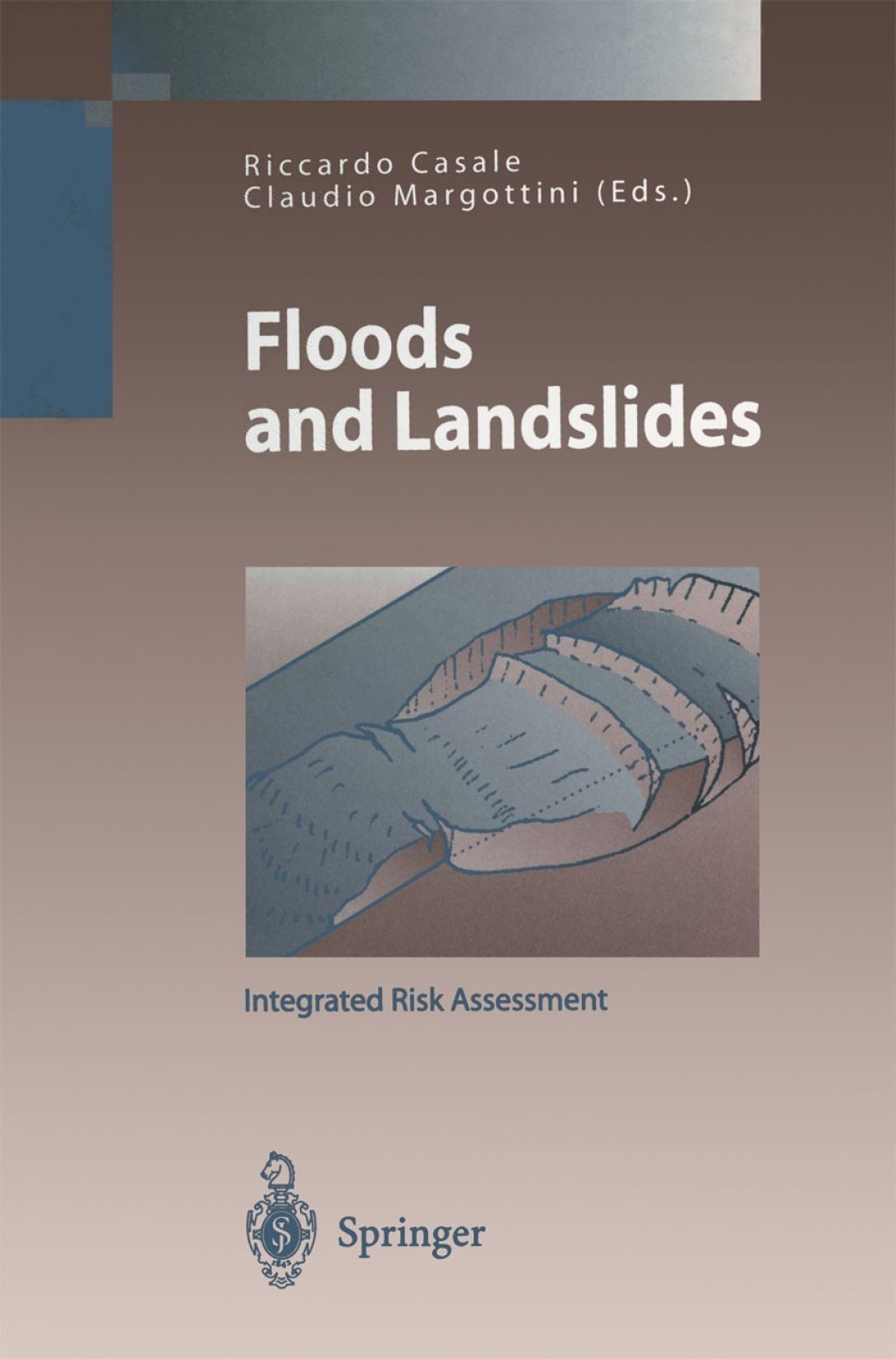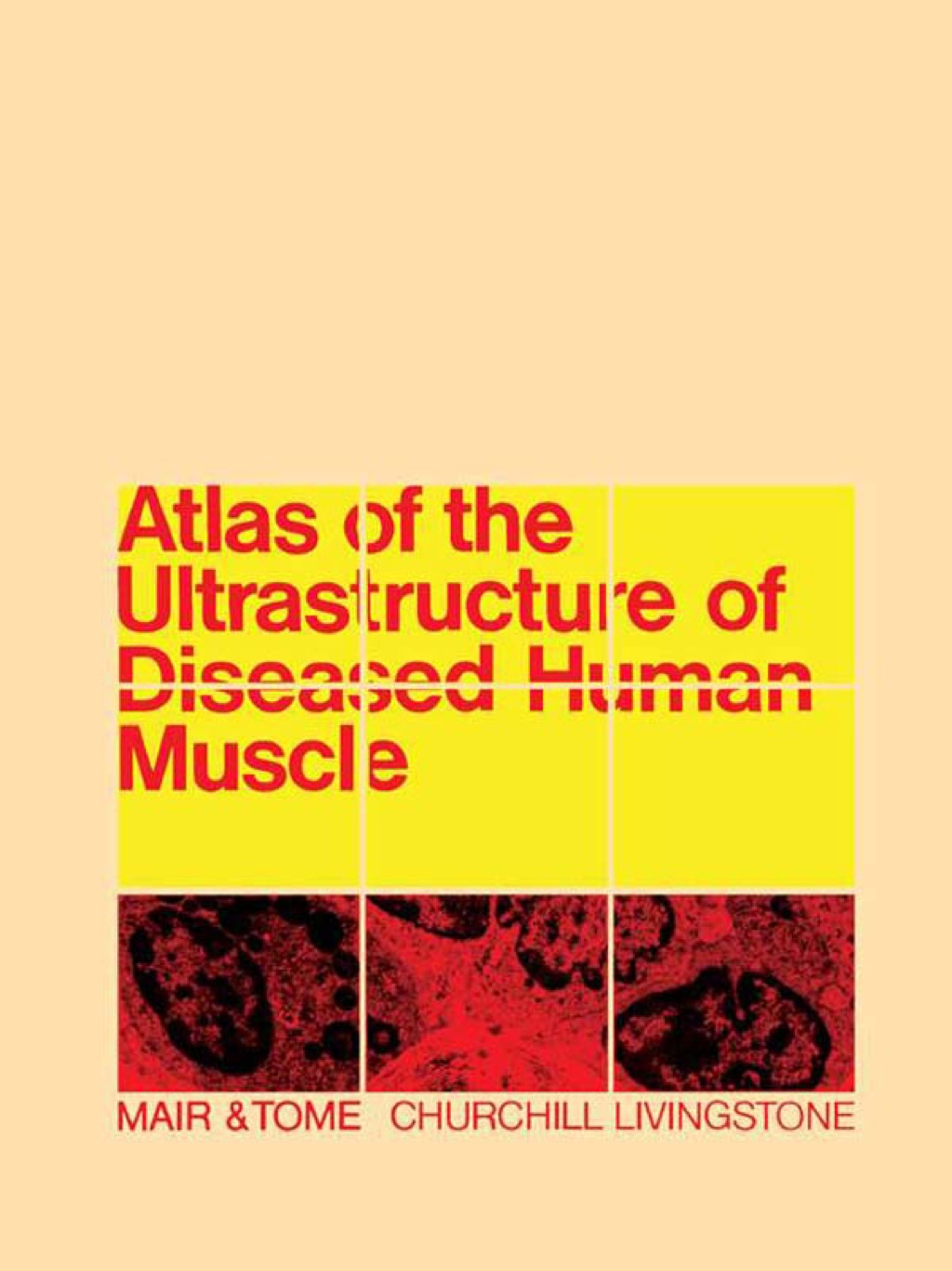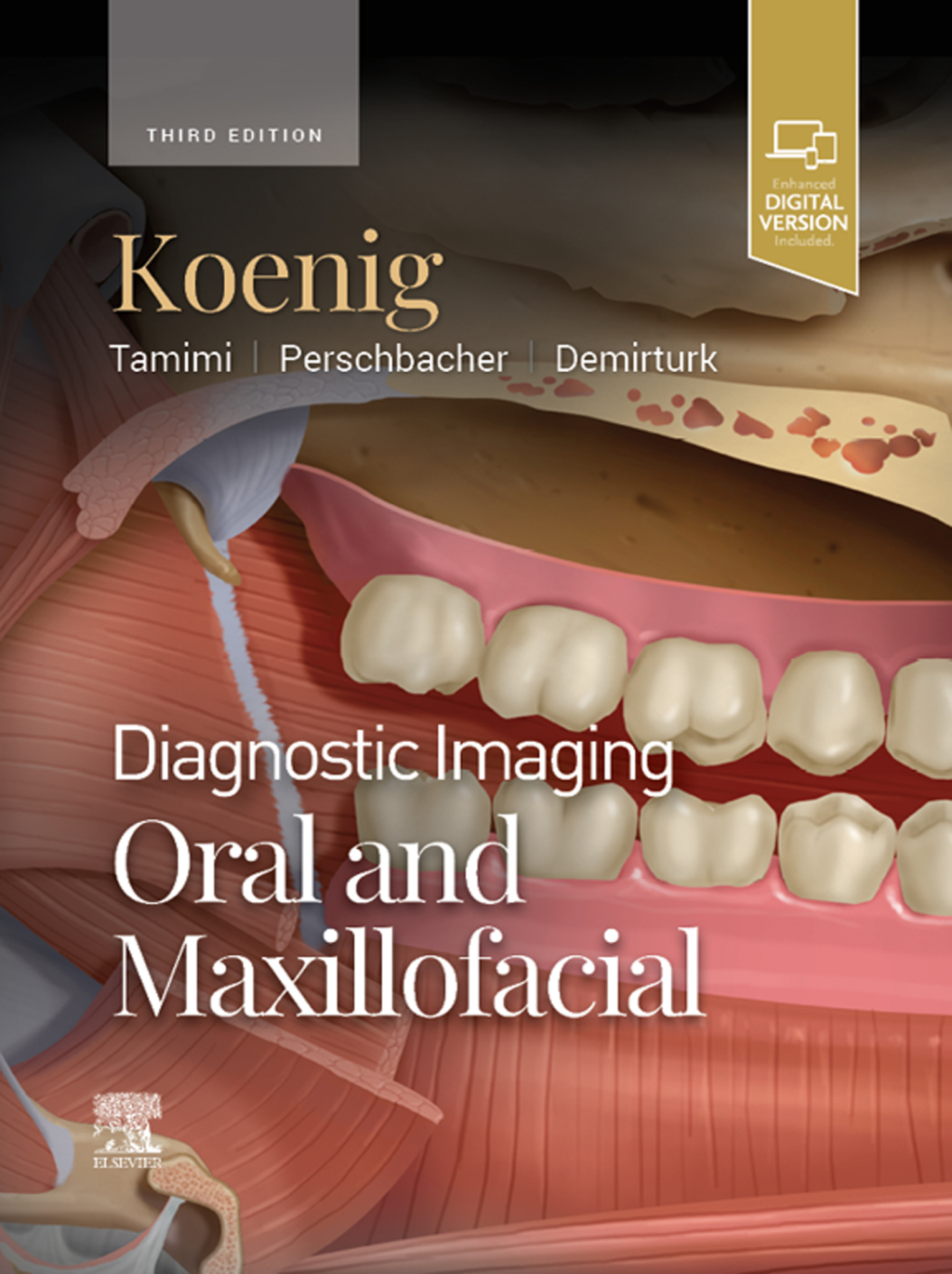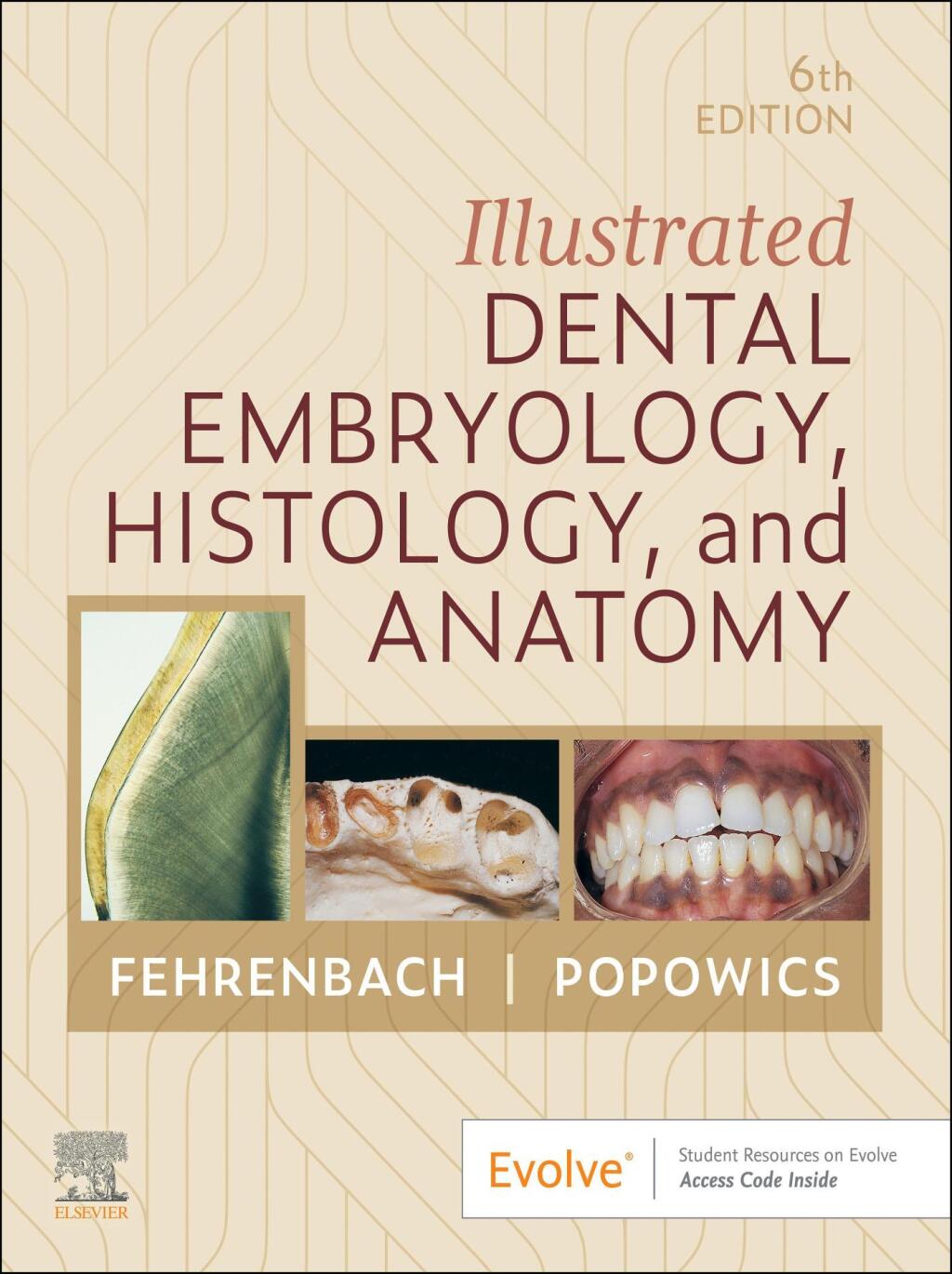Morphogeny of the nasal skull was investigated in 92 embryos of 13 species of Cetacea. Compared to the original nasal capsule of land mammals, the nasal structures of Cetacea show many weighty transformations. As a result, the nostrils are translocated from the tip of the snout to the vertex of the head. Several structures of the embryonic nasal skull remain preserved even in adult cetaceans. The translocation of the nostrils to the highest point of the surfacing body is among the most perfect adaptations of cetaceans to the aquatic life habits. The morphogeny of the nasal skull suggests that all cetaceans are of common origin and form a single monophyletic order. The hitherto usual division of this order into two suborders, Mysticeti and Odontoceti, appears to be unsubstantiated. Rather, at least three closely related superfamilies should be distinguished within the order Cetacea, viz., Balaenopteroidea, Physeteroidea, and Delphinoidea. The results are in a
“Radiography Essentials for Limited Scope – E-Book 7th Edition” has been added to your cart. View cart
Development of the Cetacean Nasal Skull
Author(s): Milan Klima
Publisher: Springer
ISBN: 9783540649960
Edition:
$39,99
Delivery: This can be downloaded Immediately after purchasing.
Version: Only PDF Version.
Compatible Devices: Can be read on any device (Kindle, NOOK, Android/IOS devices, Windows, MAC)
Quality: High Quality. No missing contents. Printable
Recommended Software: Check here










